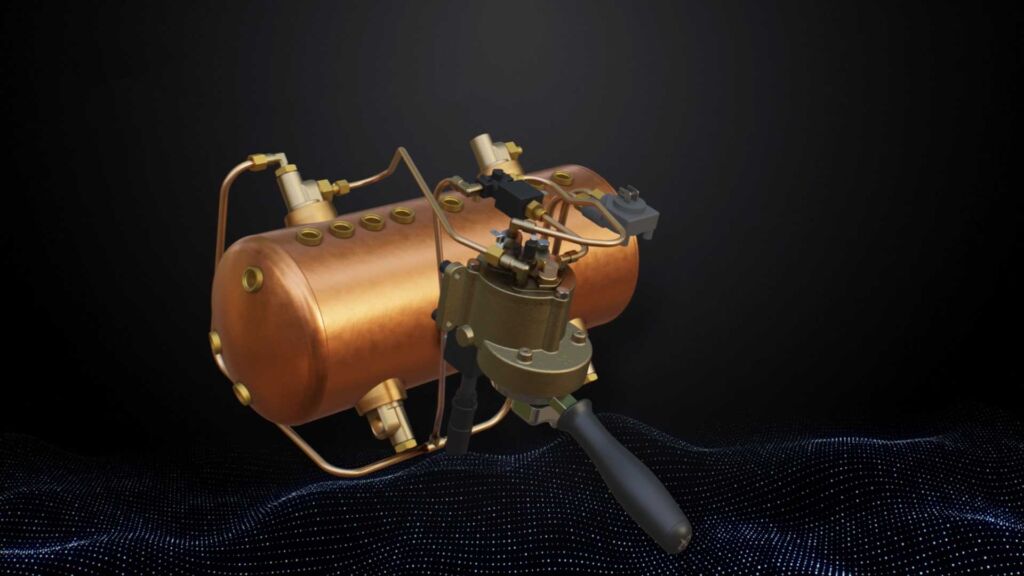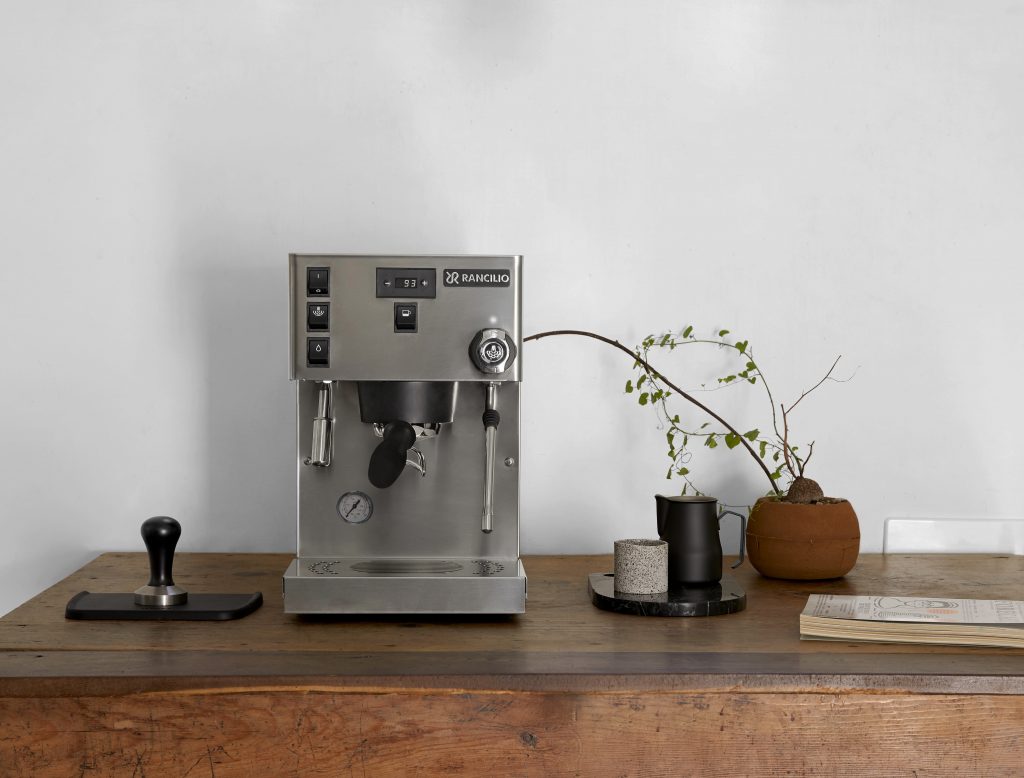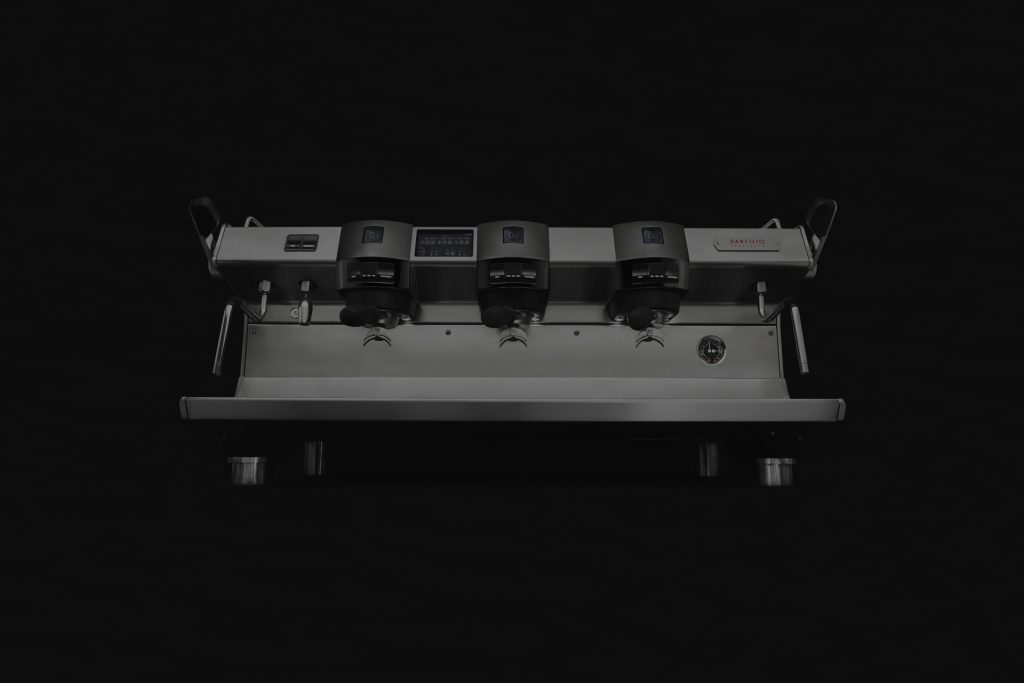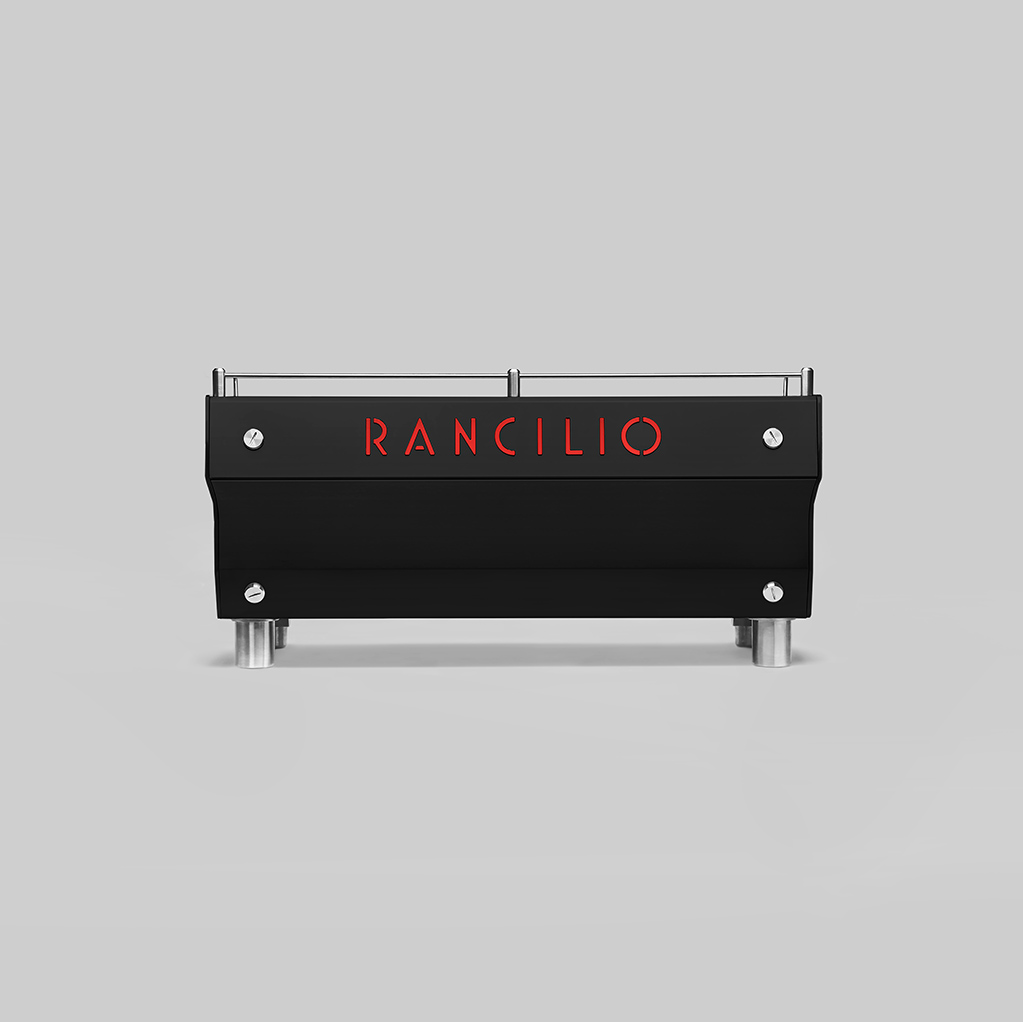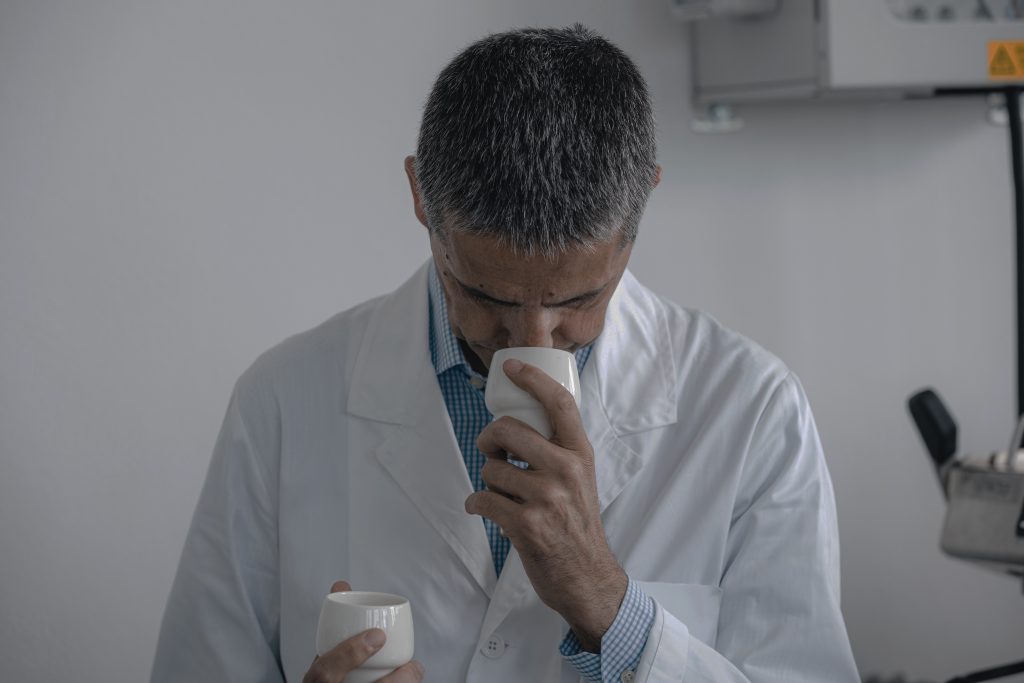Since its debut, the RS1 espresso machine has offered baristas the ability to adjust different temperature profiles during coffee extraction. In addition to the patented Advanced Temperature Profiling technology, the RS1 also allows pre-infusion and post-infusion adjustment, enabling baristas to customise each coffee recipe thanks to the combined action of these features. Pre-infusion and post-infusion allow precise management of the temperature and pressure of the water interacting with the coffee puck during each stage of extraction.
Let’s delve into the details and find out how baristas can use the pre-infusion and post-infusion features designed by Rancilio to their advantage with the Rancilio Specialty RS1 espresso machine.
How it works
The barista can vary the water pressure both in the initial stage (preinfusion) and in the final stage (post-infusion) of the extraction process, choosing between mains pressure or pump pressure, and adjust the duration of both stages.
Via the practical interface, on each dispensing group it is possible to activate and deactivate both pre-infusion and post-infusion, or choose to activate only one of the two functions and regulate the duration of each phase. Pre-infusion, post-infusion and temperature profile parameters can all be managed from a single menu, accessible with a simple tap on the touchscreen.

What is pre-infusion for?
1. It ensures a more even and constant wetting of the coffee puck
2. It promotes greater homogeneity between extractions and the resulting volume
3. It extends the contact time and enlarges the contact surface between the water and the ground coffee
4. It reduces the risk of channelling and the intense overtones associated with it
5. It prevents over-concentration, avoiding over-saturation of the compound that could lead to unwanted bitterness and astringency
6. It draws more oils and compounds into the cup, contributing body, complexity and flavour to the coffee
It promotes the formation of a good crema on espresso coffee
The advantages of stable pressure during the extraction phase:
The flow is constant and the dissolutions on the puck are smooth and constant without turbulences.
Why use post-infusion?
1. It smooths the coffee puck resistance in the final phase of the extraction
2. It reduces the effect on the dissolution, diffusion and physical action of the water passing through the coffee puck.
3. It preserves desirable soluble compounds and flavours
4. It reduces the concentration and therefore the saturation of bitter and astringent compounds
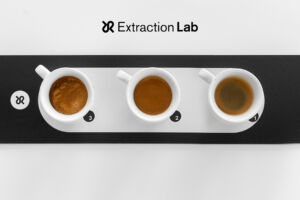
Unlock the potential of each coffee with the combined action of Advanced Temperature Profiling, pre-infusion and post-infusion
To transform the potential of a coffee into a harmonious experience of sensory balance, it is essential to carefully set the different parameters of the coffee recipe for each espresso we wish to extract, taking into account the results we wish to achieve in the cup.
The main action in the extraction process is carried out by the temperature of the water. Thanks to Advanced Temperature Profiling technology, the barista is able to increase it and thus also increase the extraction potential.
However, it is the combined action of Advanced Temperature Profiling, pre-infusion and post-infusion that allows us to control the extraction at all the different stages and achieve the desired in-cup effect.
Risks of constant temperature profile extraction (FLAT)
In the case of a constant temperature extraction (FLAT profile), the extraction capacity of the water remains constant, potentially leading to over-concentration when the extraction capacity of the ground coffee is exhausted. In addition, there is the risk of over-extracting compounds that impart bitterness and astringency due to over-extraction and oversaturation.
Advantages of increasing temperature profile extraction (UP)
In an extraction with increasing temperature (UP profile), the extraction capacity of the water will progressively increase throughout the duration of the extraction. This profile allows us to increase the concentration while respecting the more delicate compounds that can be extracted in the initial phase at a lower temperature, thus prolonging the active extraction time. In this type of profile, it is important to move in a range without final over-extraction to obtain a balanced cup.
Benefits of decreasing temperature profile extraction (DOWN)
In a decreasing temperature extraction (DOWN profile), the water extraction capacity is at its maximum at the beginning of the extraction and will gradually decrease until the end of the extraction. This profile reduces the concentration of compounds that may contribute to excessive bitterness and astringency. In this case, it is important to operate within a range that allows the extraction of all sweet, pleasantly acidic, roasted and caramelised ingredients that confer roundness, perfect balance and a high density of body.
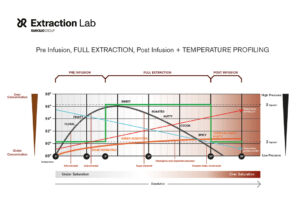
Conclusions
In any temperature profile (Up, Down or Flat), the application of the preinfusion increases the effect of the extraction because initially the penetration of the water in the coffee particles is much greater, so there is more surface exposed to the effect of the extraction. With higher temperature and pressure there is greater dissolution, greater drag and greater diffusion.
We can say with more soluble compounds that provide flavors, more total solids that provide structure and body, as well as more lipids that confer the formation of the reticular structure of the crema.
The life cycle / shelf life of coffee will allow an extraction level that must be controlled by preinfusion time and temperature profile.
Post-infusion makes it possible to shorten the final phase of the extraction to reduce the level of saturation just when the bitter and astringent compounds may be excessive. It can be a method of control in case of risk of over extraction.
In summary, the temperature management allows obtaining different concentrations and the pre and post infusion management allows obtaining adequate saturations, neither too low nor too high.











